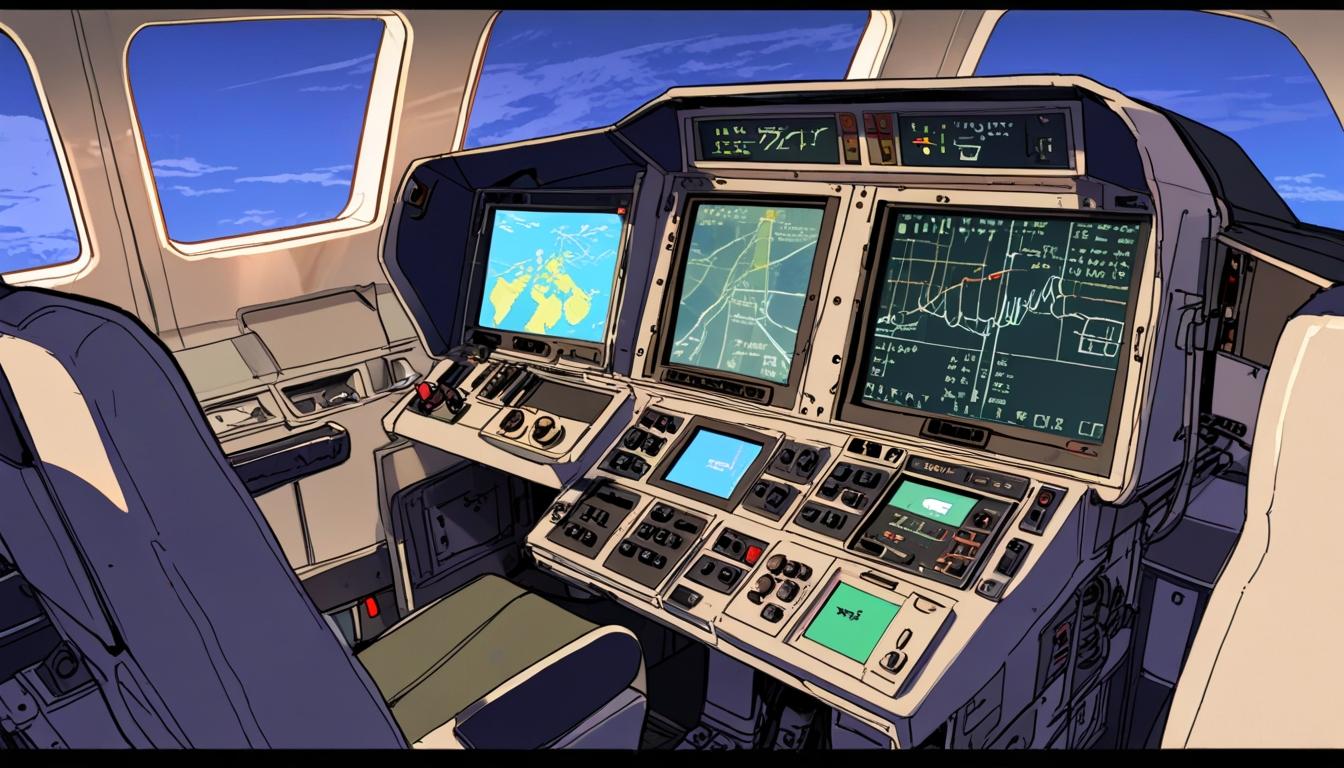British Airways is heralding a new era in operational efficiency, leveraging "game-changing" artificial intelligence (AI) technology to significantly reduce delays and cancellations as it attempts to repair its historically tarnished reputation. This determination comes on the back of a substantial investment of £100 million in operational resilience, which culminated in a remarkable first quarter where 86% of flights from Heathrow departed on time, marking what the airline describes as its best performance on record.
The latest figures indicate that BA's punctuality has improved notably compared to its competitors, suggesting that its recent strategies may be bearing fruit. Indeed, an analysis by the UK’s aviation regulator confirmed that BA flights have experienced fewer severe disruptions over the past year, although delays exceeding one hour still remain above pre-pandemic levels.
Sean Doyle, British Airways’ CEO, has attributed this turnaround to a mix of new technologies and an expanded workforce, especially with the addition of 600 extra staff at Heathrow. The airline has modernised its notoriously cumbersome IT systems, which faced serious setbacks in 2017, 2019, and 2022 due to high-profile failures. Doyle commented that the tech available to staff has been a “real game-changer for performance,” underscoring the significant changes made to operational procedures.
Central to these advancements are AI-powered tools designed to streamline decision-making during disruptions. For example, the airline has developed software that calculates the most efficient response to delays, maximising customer service by determining whether to delay a flight or cancel it with rebooking options. Additionally, AI strategically reroutes aircraft to avoid adverse weather conditions and analyses passengers' onward travel plans to optimise aircraft parking.
Despite these improvements, experts like aviation consultant John Strickland warn that the upcoming summer peak will present a more significant challenge for BA than the first quarter, which is traditionally the quieter season for airlines. Currently, BA faces multiple hurdles, including external factors like air traffic control delays and a backlog of engine parts from Rolls-Royce for its Boeing 787 fleet.
In a broader strategic context, British Airways’ parent company, International Airlines Group (IAG), announced a staggering £7 billion investment plan aimed not only at enhancing operational reliability but also at repositioning the airline’s brand in a more premium market. Luis Gallego, IAG's CEO, pointed out that BA had room for improvement, with many industry analysts viewing the substantial investment as an acknowledgment of the airline's previous underperformance.
Moreover, British Airways is not limiting its technological overhaul to flight operations alone; it is seeking to expedite its compensation processing as well. By implementing automated claims systems, underpinned by AI and machine learning technologies, the airline has dramatically accelerated its processing speeds, handling over 5,000 claims daily compared to previous manual methods. These innovations are projected to save the airline over £30 million annually through reduced labour costs.
In addition, the airline's Hangar 51 accelerator programme is fostering collaborations with tech startups to develop even more advanced AI-driven solutions, such as intelligent software for monitoring aircraft turnaround and automation for baggage handling. This reflects a commitment to using technology not just for efficiency, but also for enhancing customer experience, a vital aspect as the airline strives to regain customer trust in a post-pandemic landscape.
The transformation at British Airways is emblematic of how the global airline industry is turning towards technology to navigate the complexities of a rapidly evolving environment. As the sector emerges from the disruptions caused by COVID-19, BA aims to position itself not just as a survivor, but as a leader in operational excellence, setting a precedent for what future air travel can achieve with the integration of cutting-edge technology.
Reference Map
- Paragraph 1: 1, 2
- Paragraph 2: 1, 2
- Paragraph 3: 1, 2
- Paragraph 4: 1, 2, 3
- Paragraph 5: 1, 2, 4
- Paragraph 6: 2, 5, 6
- Paragraph 7: 3, 4
- Paragraph 8: 3, 5, 7
Source: Noah Wire Services
